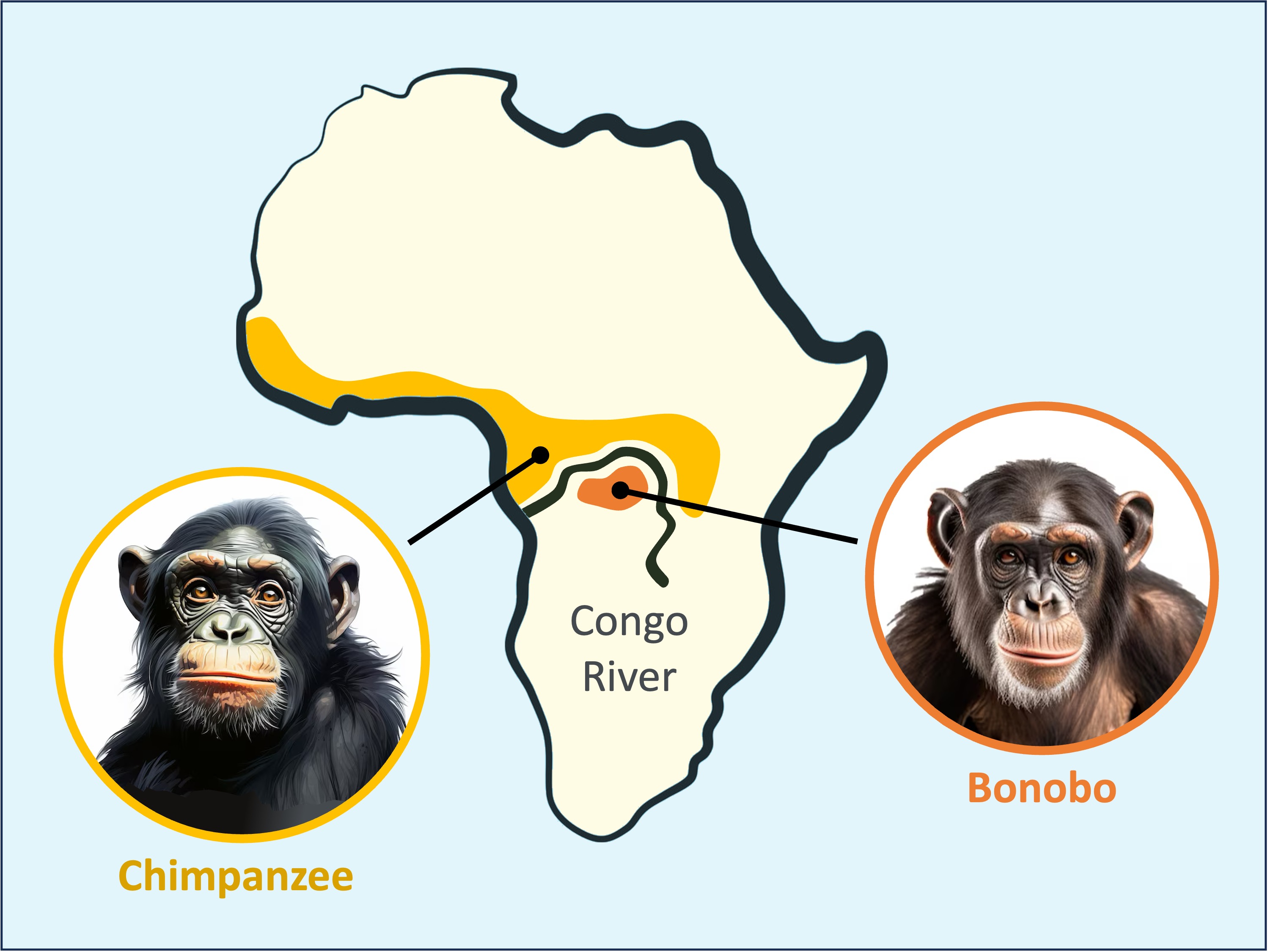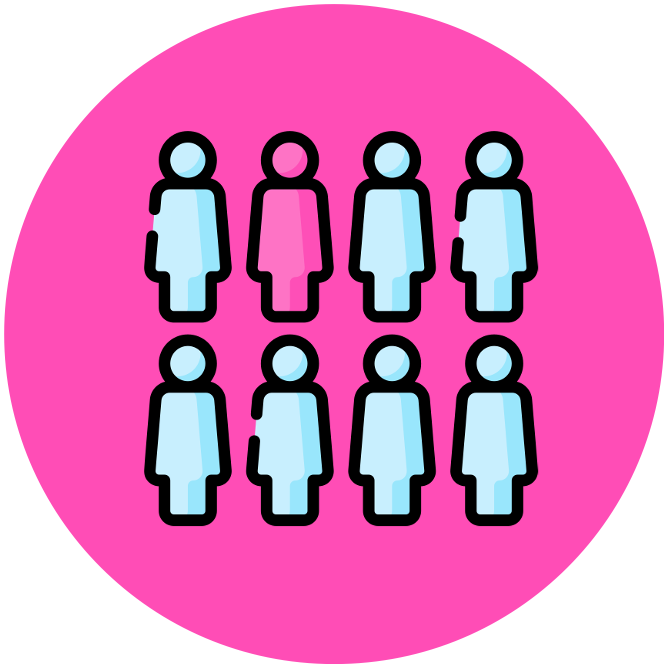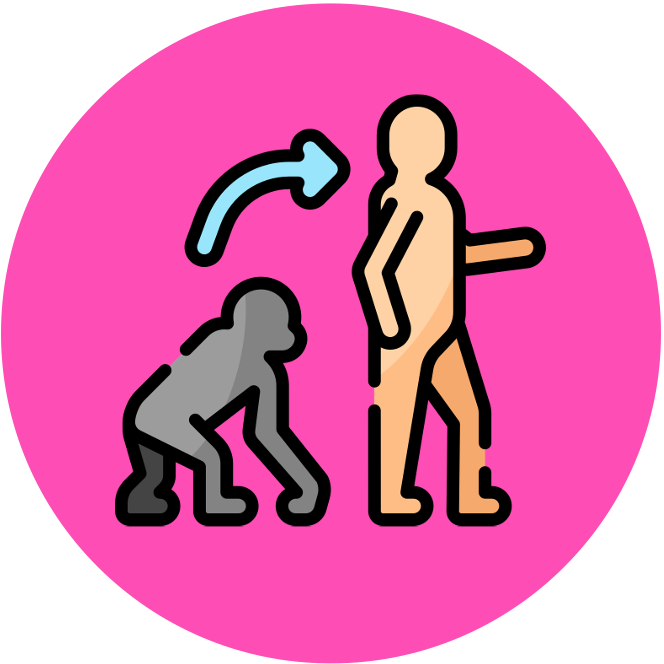

Speciation
Within a population of any given species there will be genetic variation due to the occurrence of random mutations
-
This variation will be continuous (i.e. follow a normal distribution curve) as the rate of change is gradual and cumulative
If two populations of a species become reproductively isolated and do not interbreed, then over time these two populations will begin to genetically diverge from one another
-
The degree of divergence between isolated populations will gradually increase the longer they are separated
As the genetic divergence between the related populations increase, their genetic compatibility consequently decreases
-
Eventually, the two populations will diverge to an extent where they can no longer interbreed if returned to a shared environment
-
When two populations can no longer interbreed and produce fertile, viable offspring they are considered to be separate species
Speciation Example
The chimpanzee (Pan troglodytes) and bonobo (Pan paniscus) are closely related species of primate who became reproductively isolated by a geographical barrier
-
The ancestors of these modern primates became physically isolated when the Congo river flooded roughly 1.8 million years ago and formed separate populations on either side of the river
-
The two populations became exposed to different selection pressures and over many generations evolved different physical and behaviour traits
-
The chimpanzees had to compete with gorillas for food and territory – they exhibit higher aggression and form patriarchal (male-led) social hierarchies
-
Bonobos did not share territory with gorillas and have consequently developed less aggressive tendencies – forming female-dominant social clusters
-
Primate Speciation





